After watching a movie set in the Opera of Paris during the 1960s, Delphine’s parents found inspiration in the name of the main ballerina actress, Delphine. A woman with a blend of purposeful determination and elegance, which spurs DELPHINE GENIN design years later. DELPHINE GENIN Atelier invites you to discover the intrigue behind one of the most opulent and grand opera houses in the world, the Palais Garnier of Paris. The history and strong symbolism that lie within this magnificent opera house have inspired the dresses in this collection.
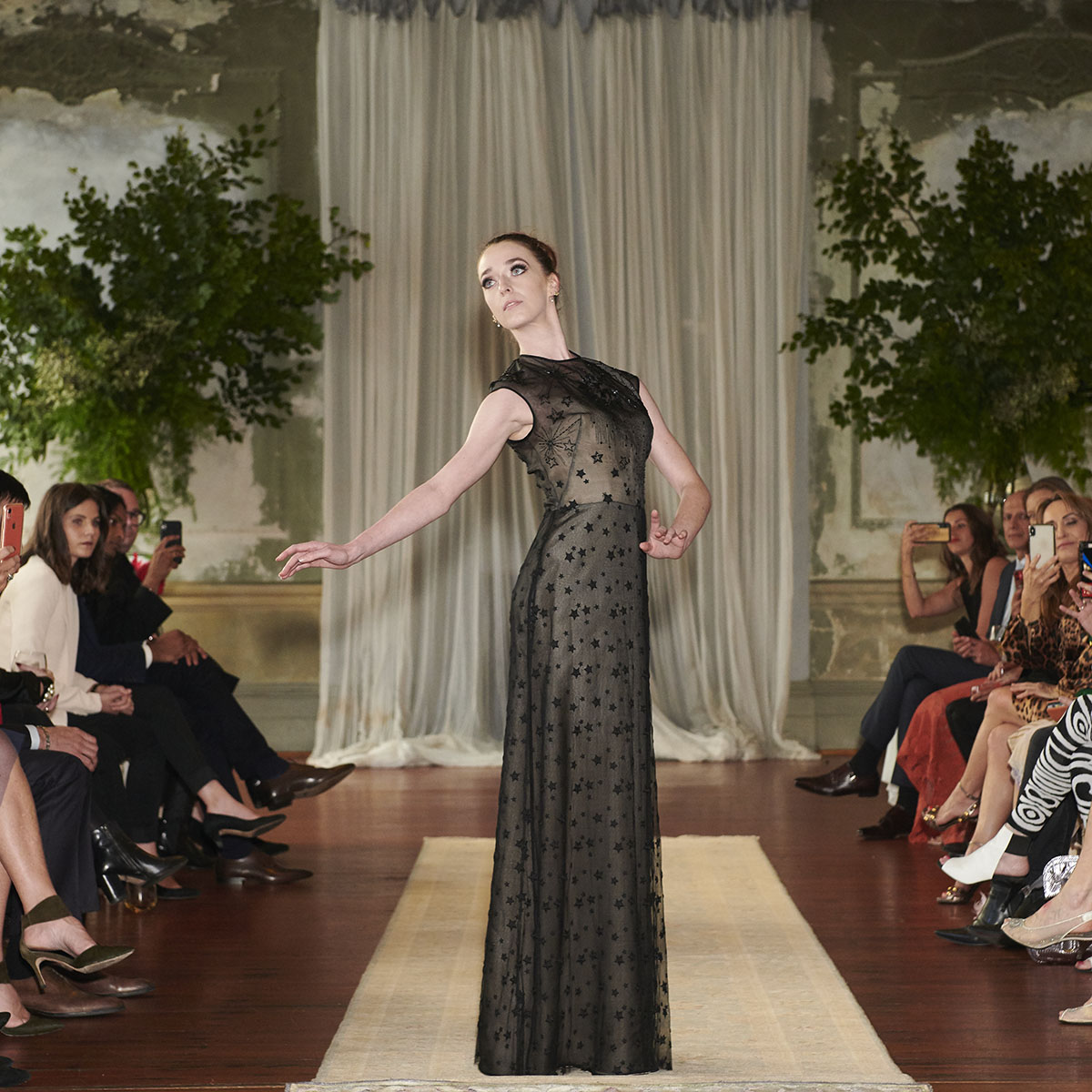
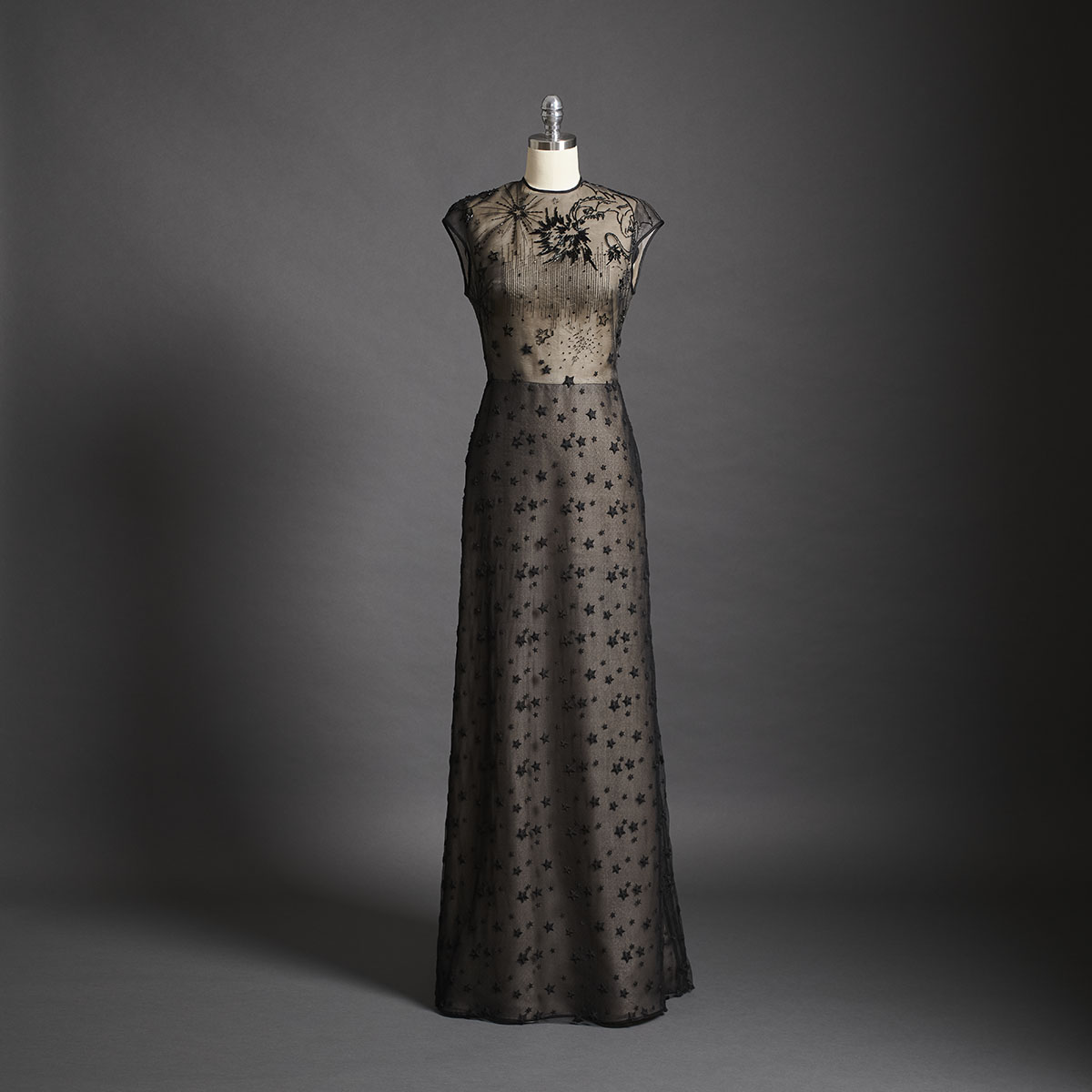
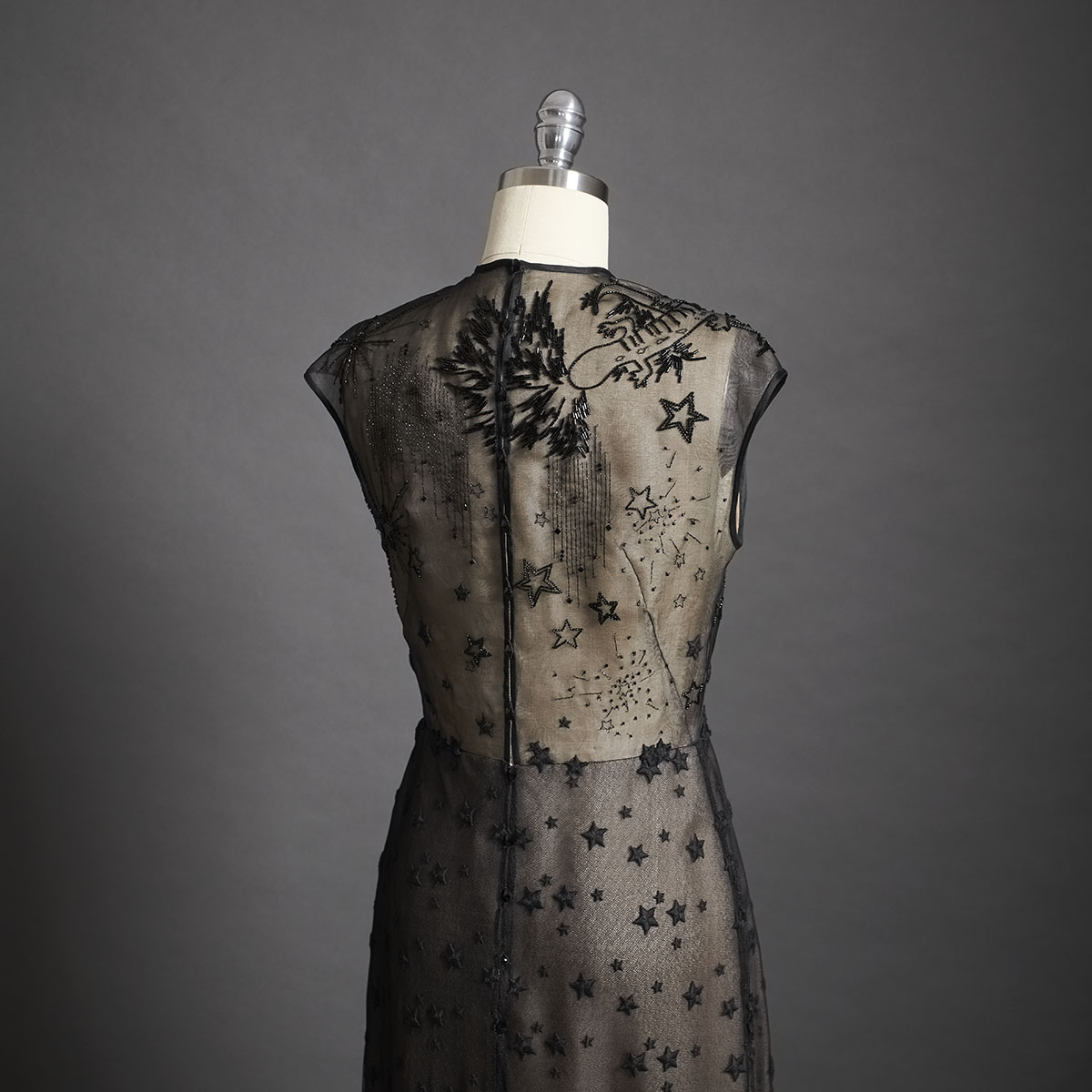
A black A-line dress embellished with stars on soft tulle and hand embroidered with metallic black thread adorned with Swarovski crystals.

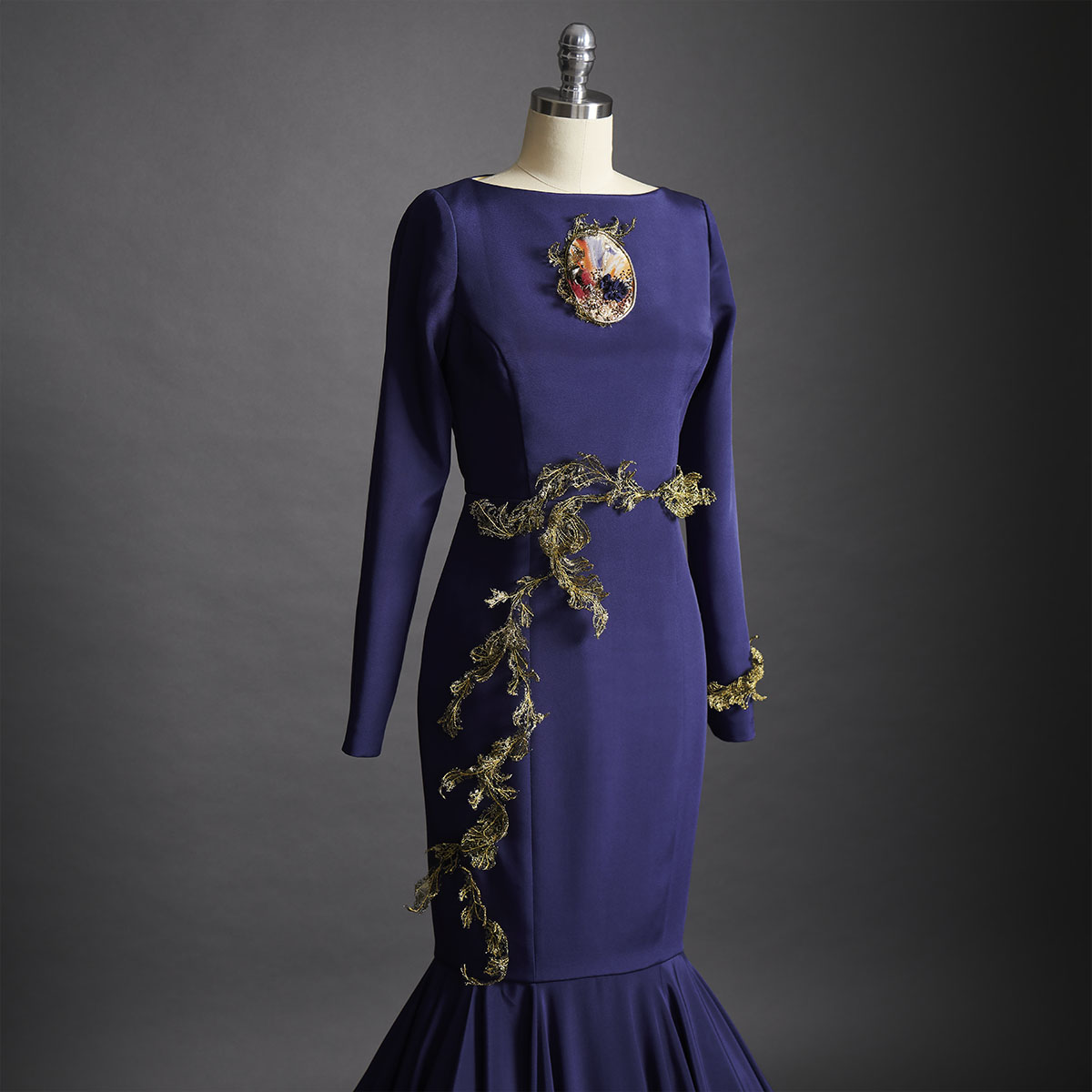
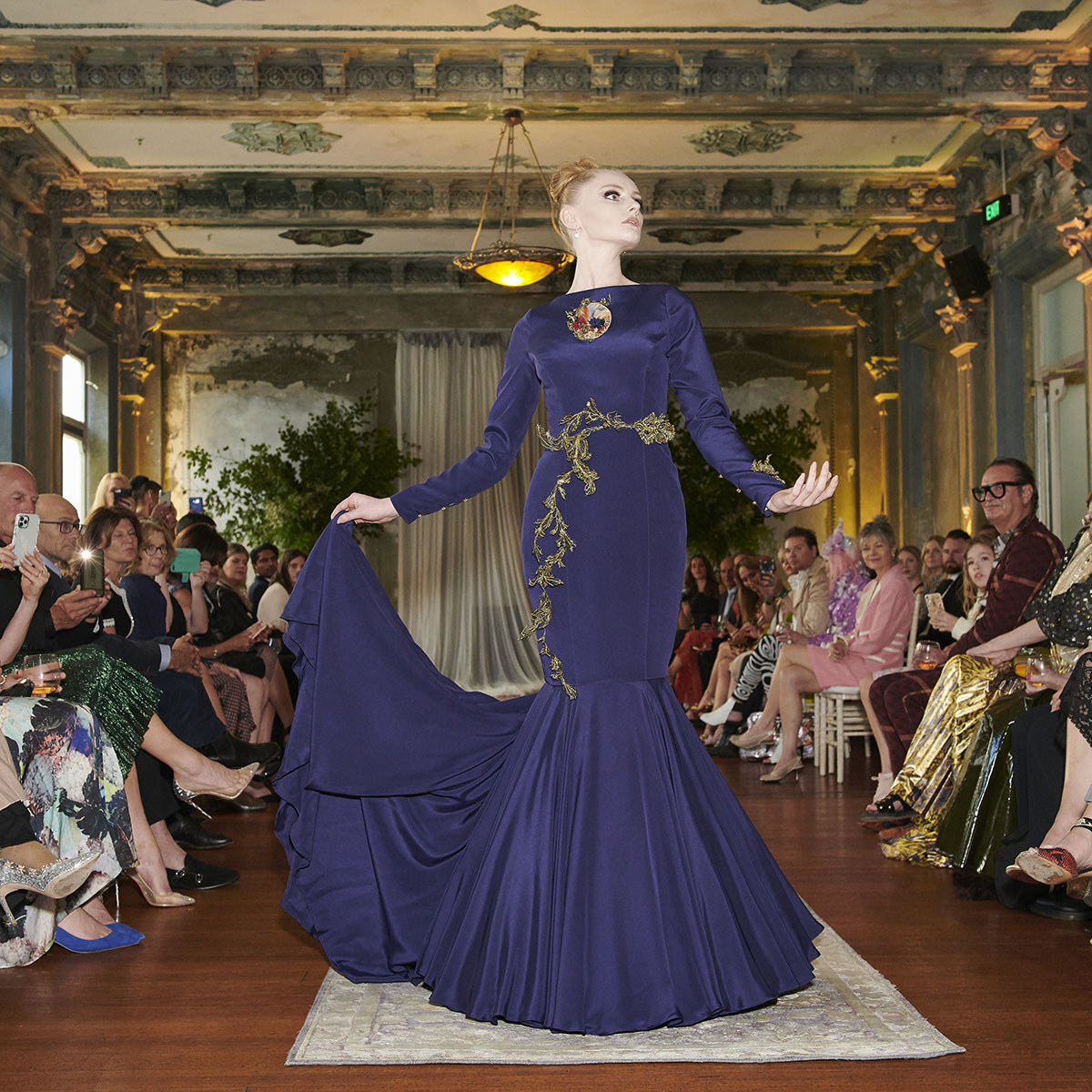
A navy blue crepe de chine dress featuring a sweeping fishtail train. The embroidery, a combination of golden French lace and wire, delicately wraps around the waistline of the dress.
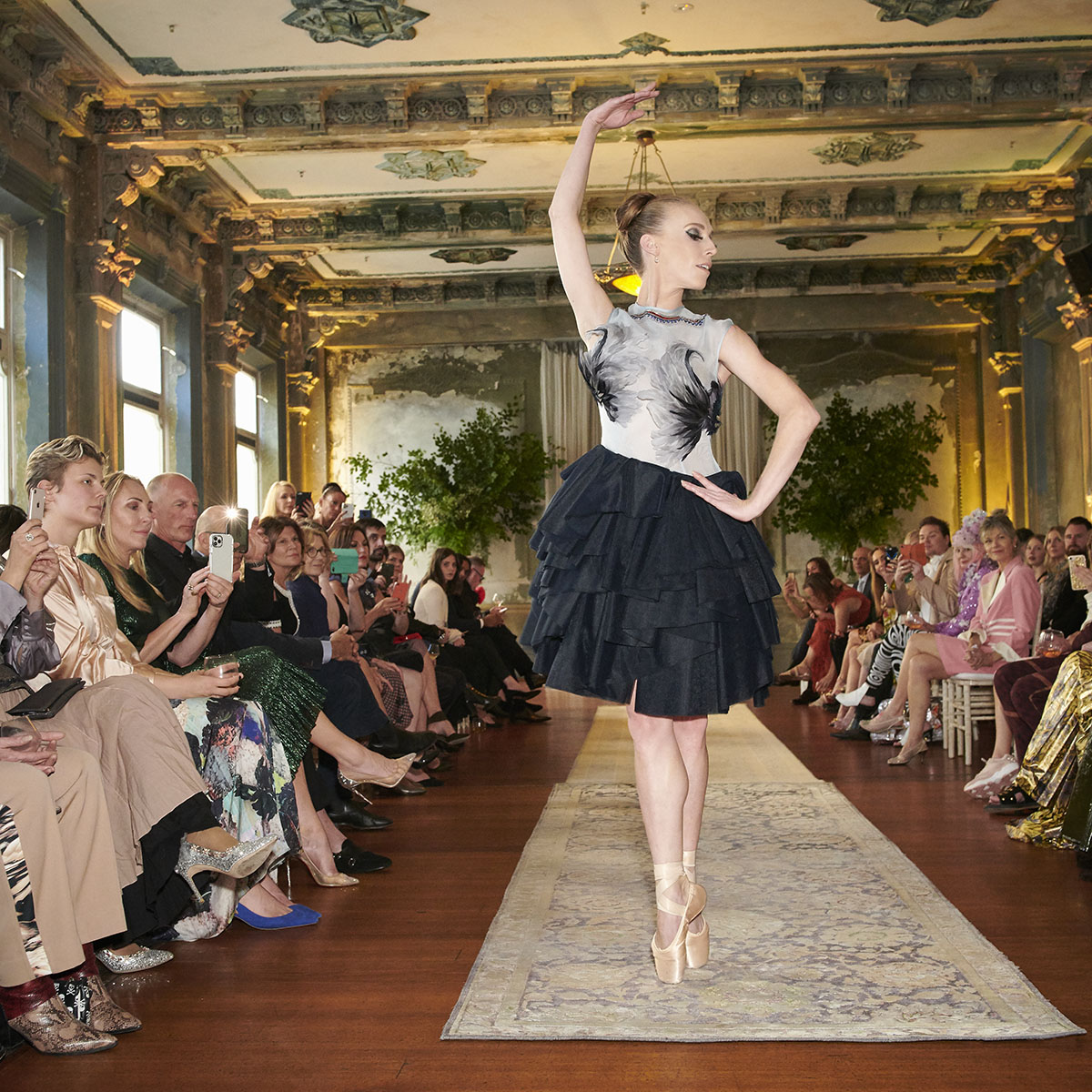
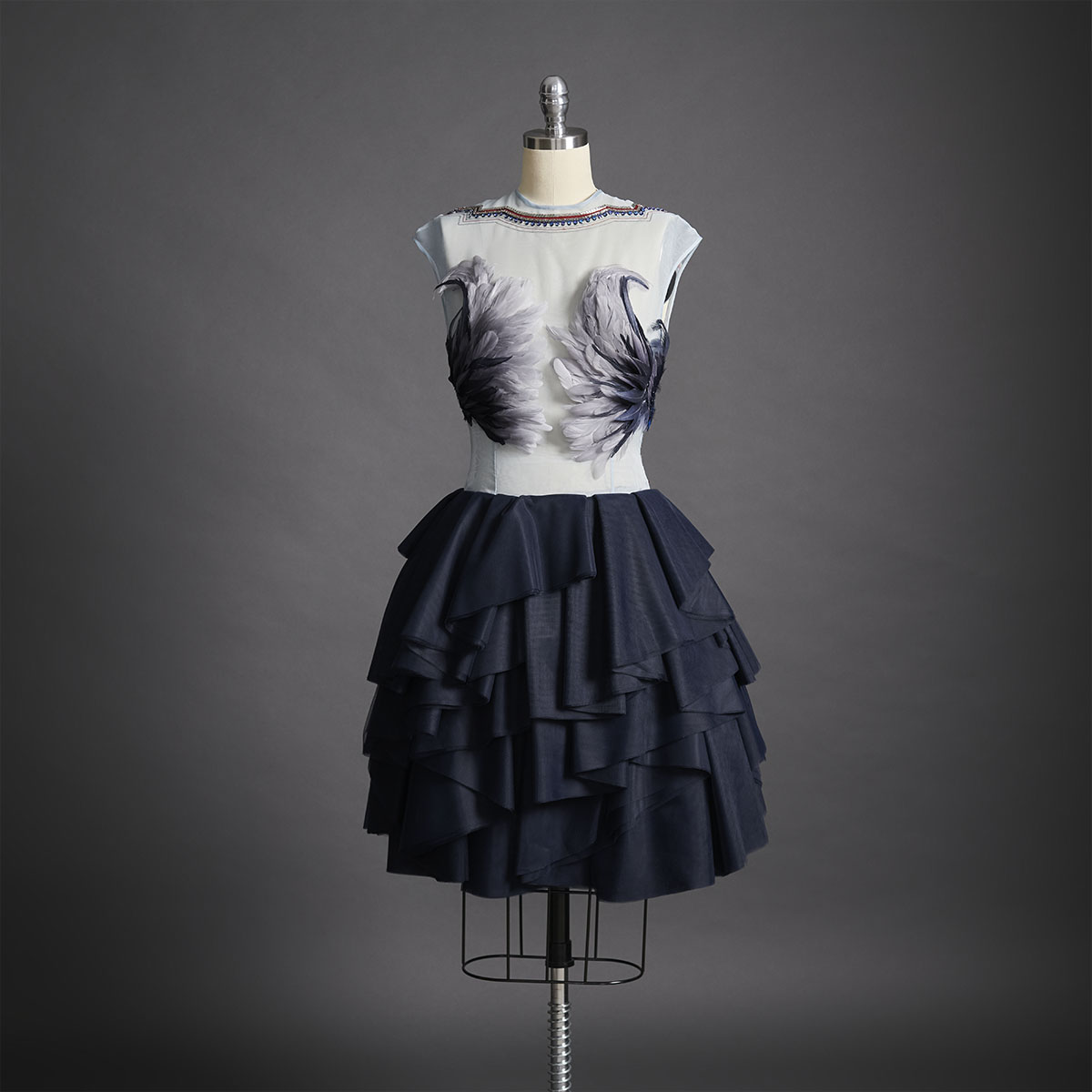
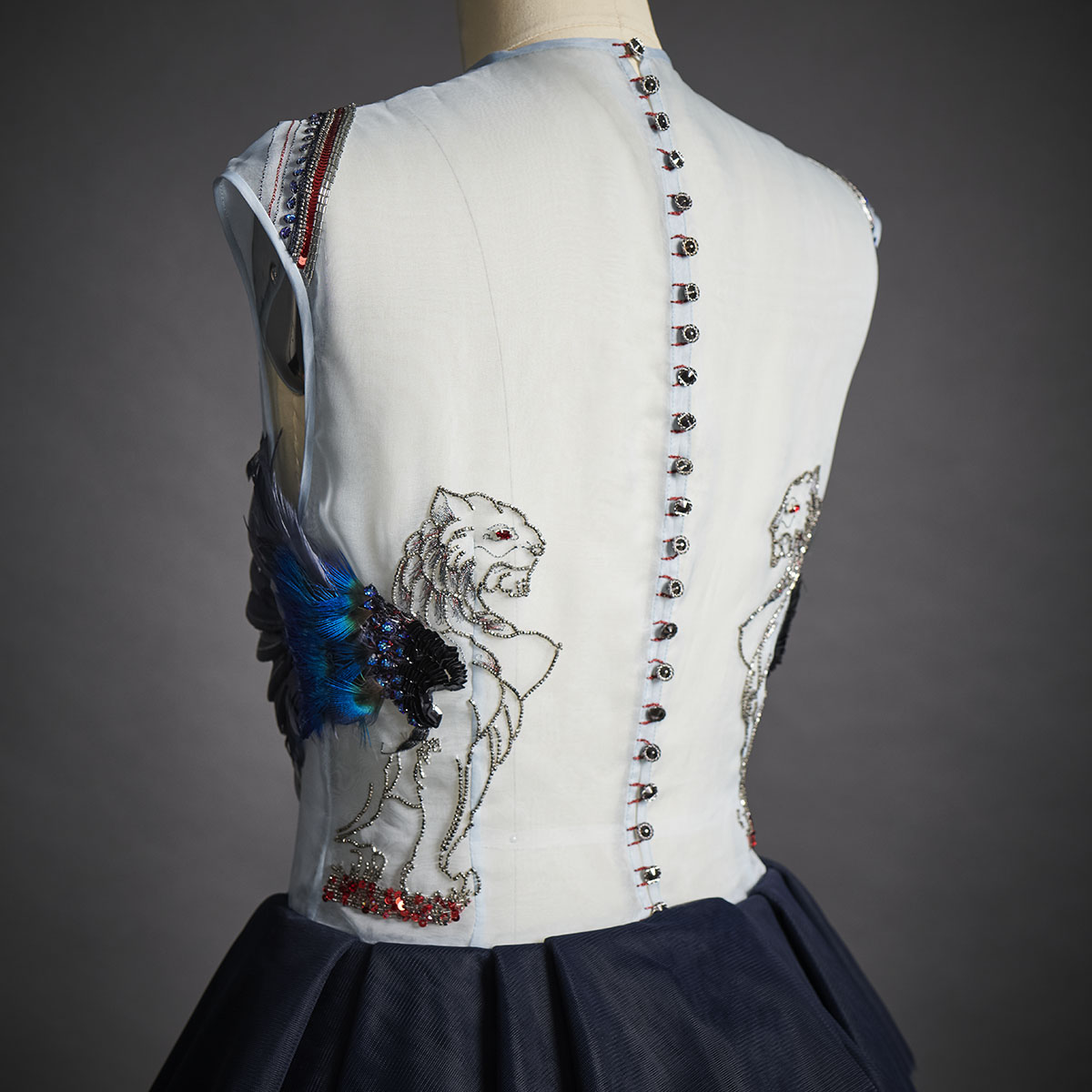
Two hand-embroidered sphinges with multifaceted seed beads appear facing each other on the back of the light blue silk organza bodice that is supported by a navy blue tutu made out of 17 layers of Italian soft tulle. On the front of the dress, a mixture of natural and hand-dyed goose feather create the illusion of a flying eagle.
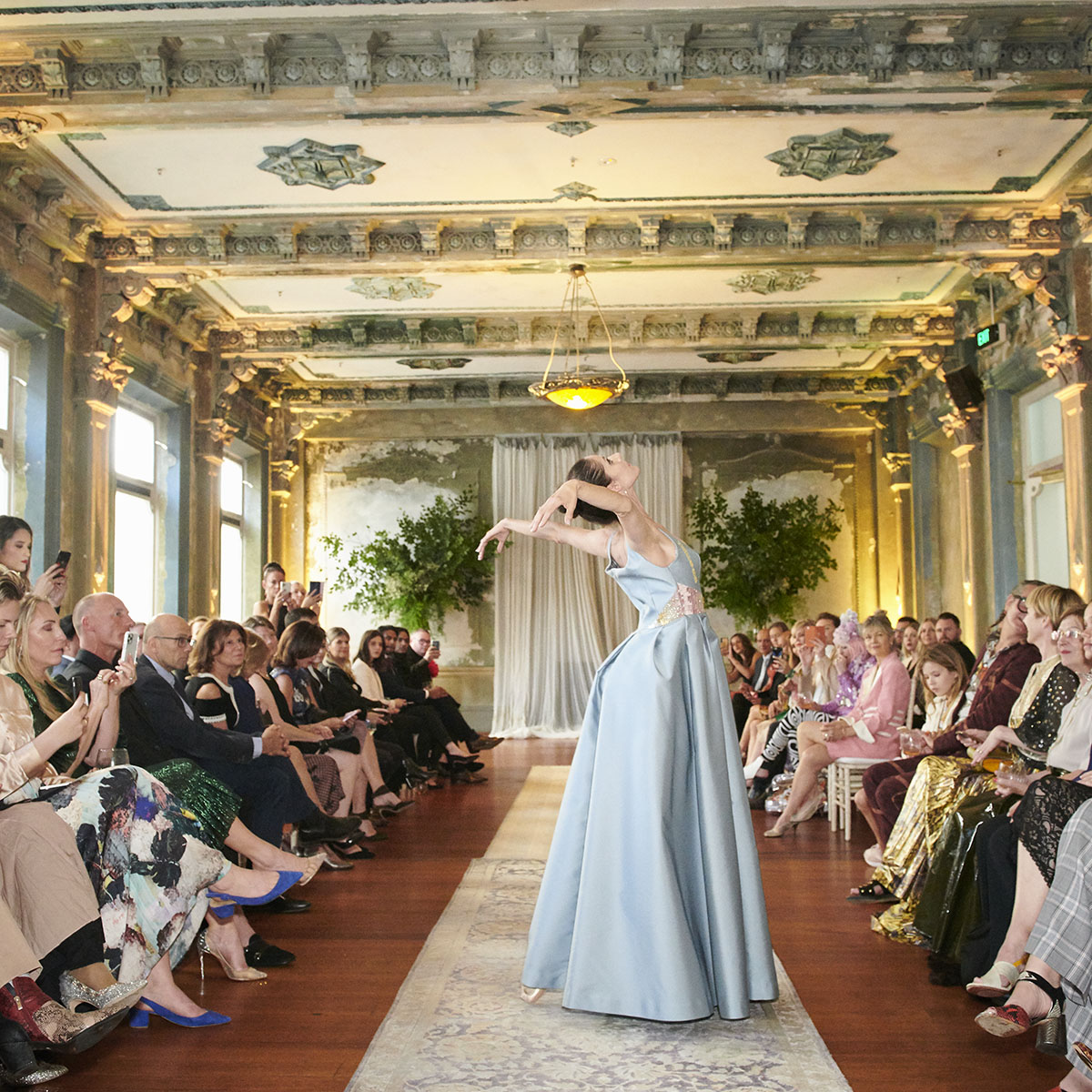

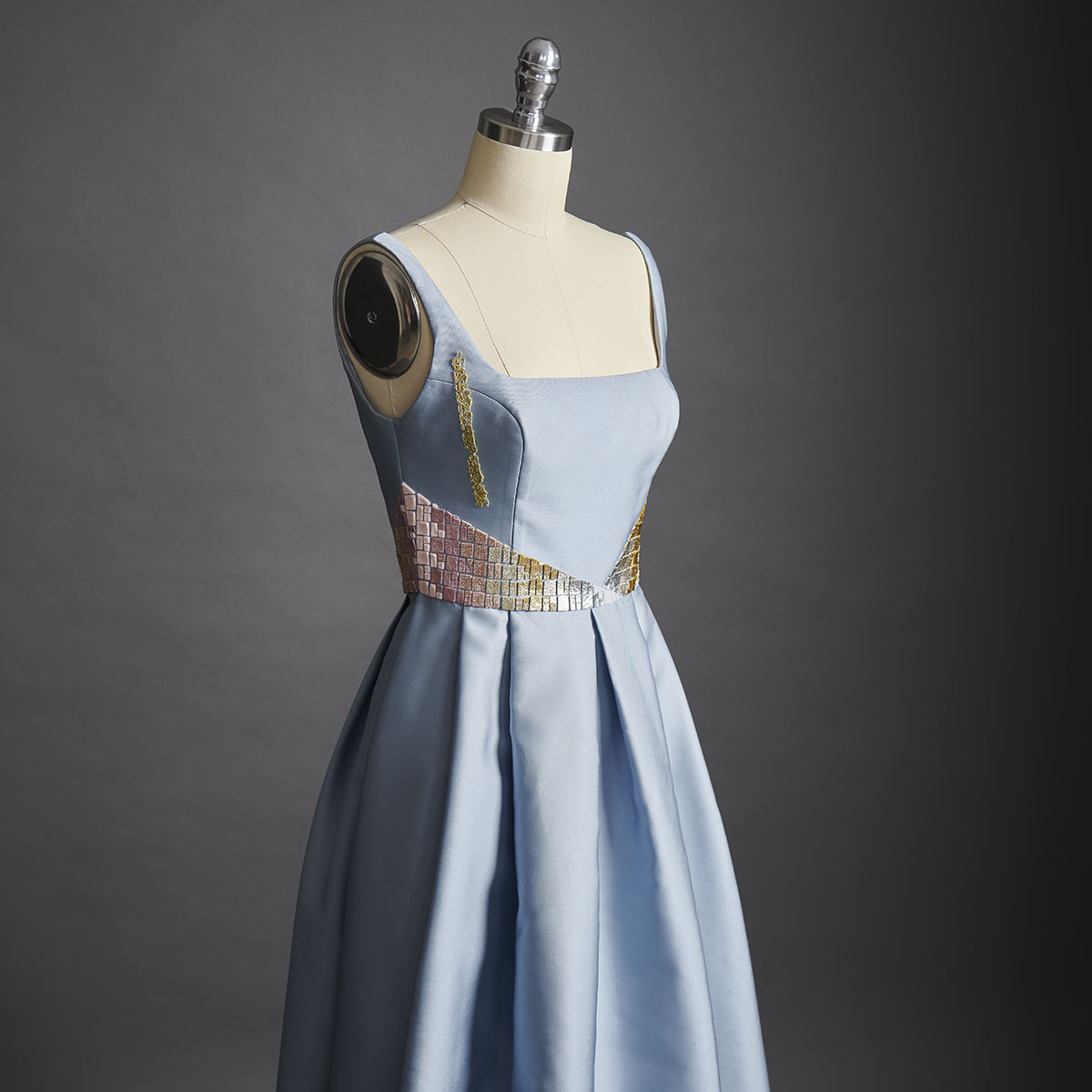
Reminiscent of a shimmering mosaic, this silk pale blue taffeta dress is embellished with hand-cut tesserae and the designer's signature metallic thread.
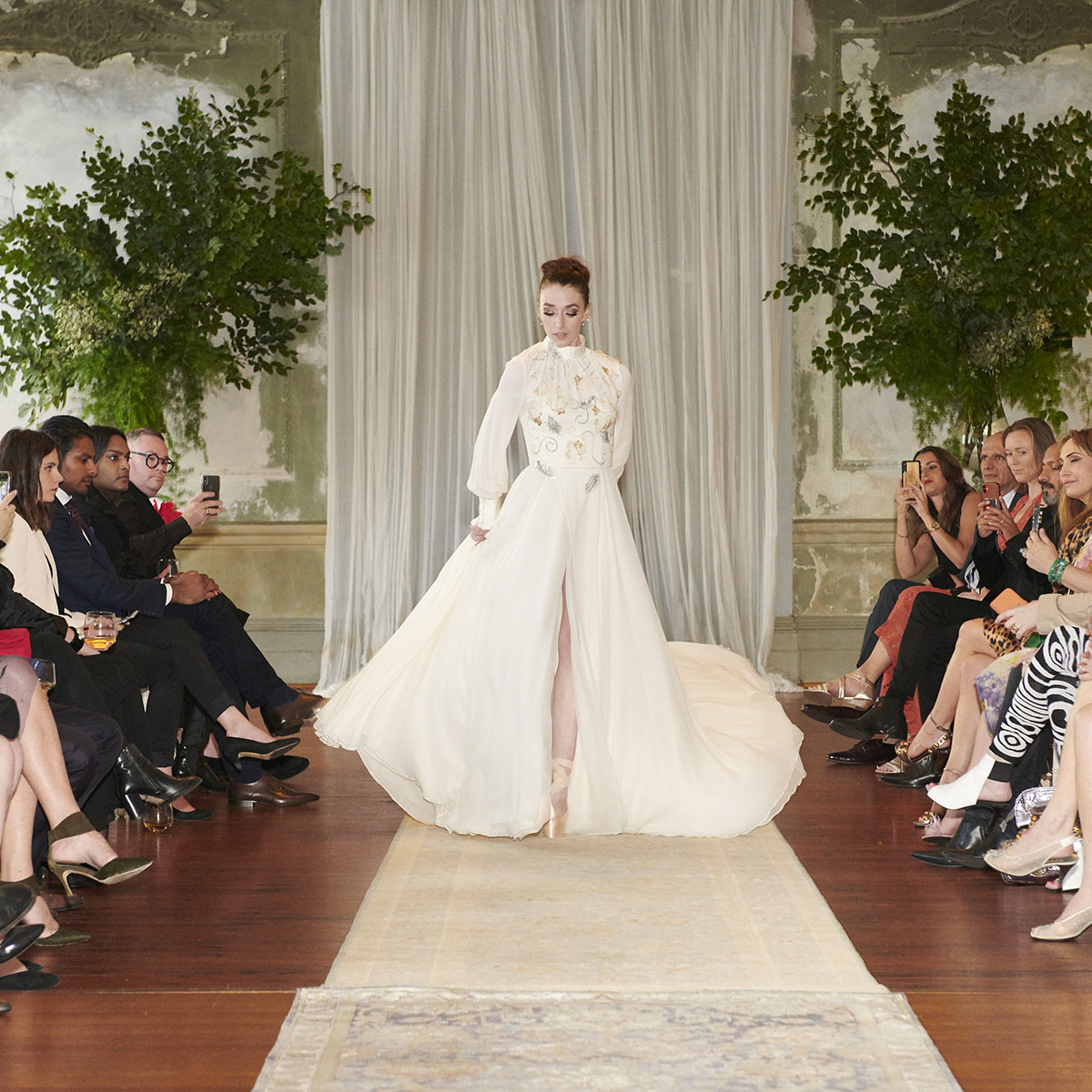
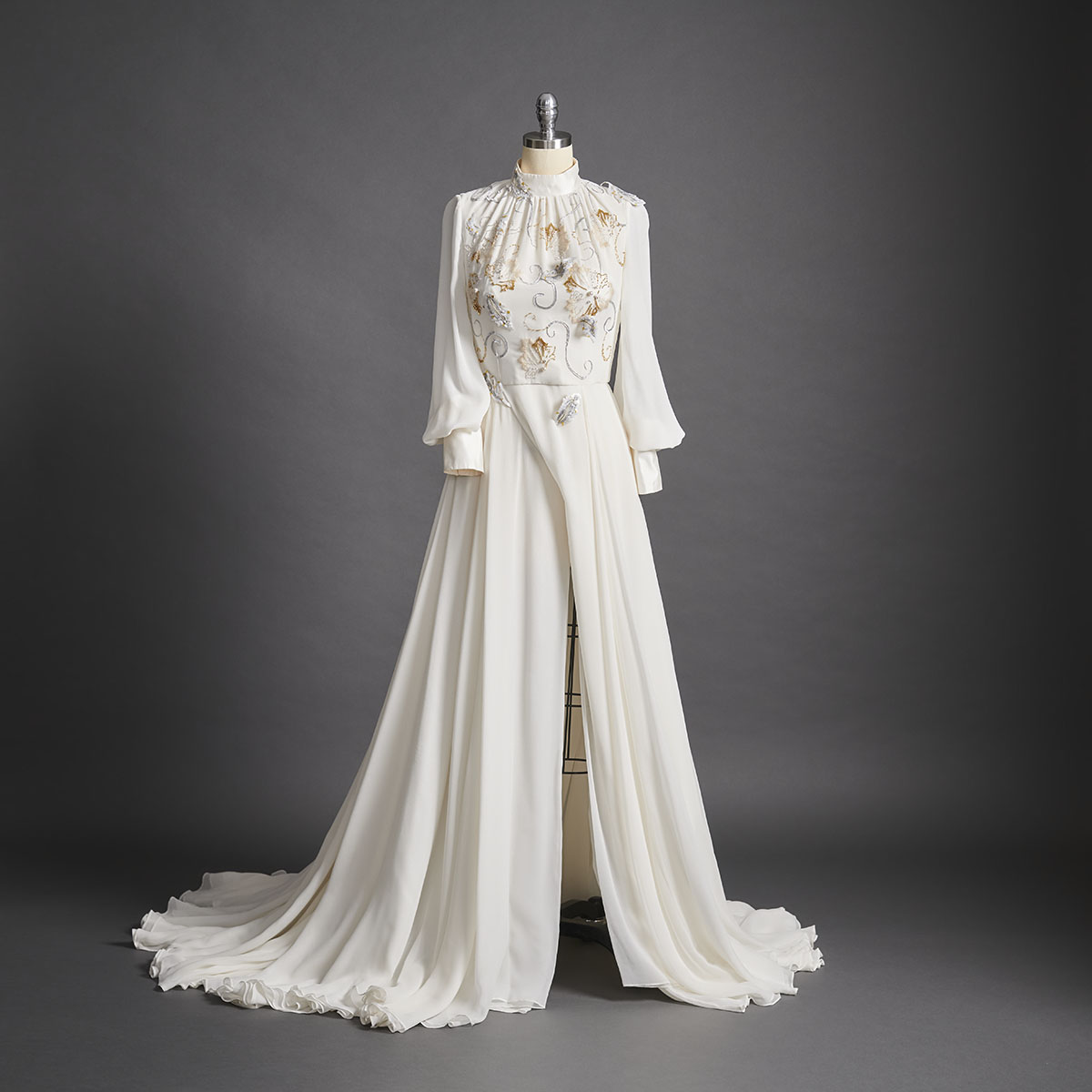

Made out of silk georgette, over 16 different materials have been used to create the Art embroidery on this gown, including mohair threads, cords, gold and silver threads and Swarovski crystals.
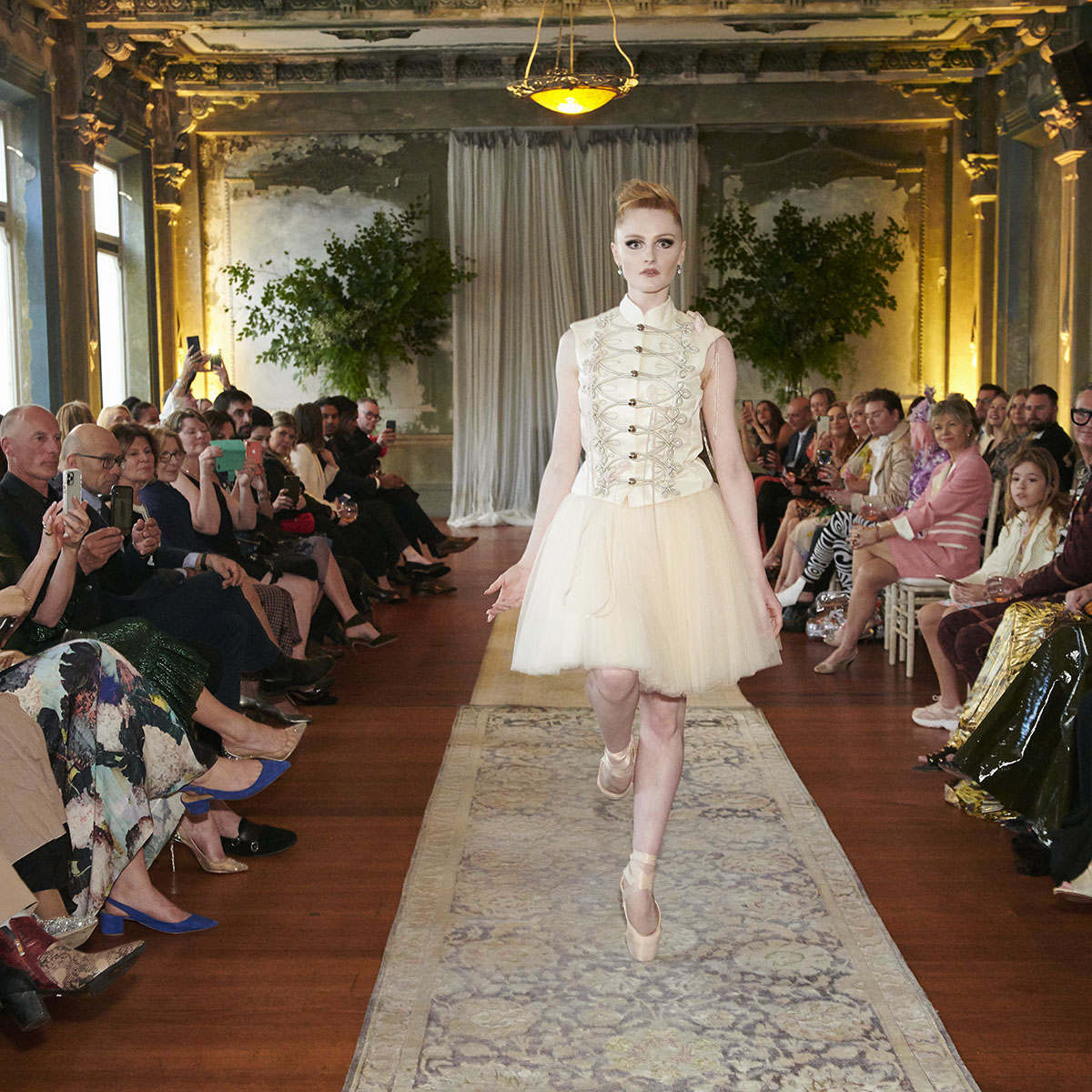
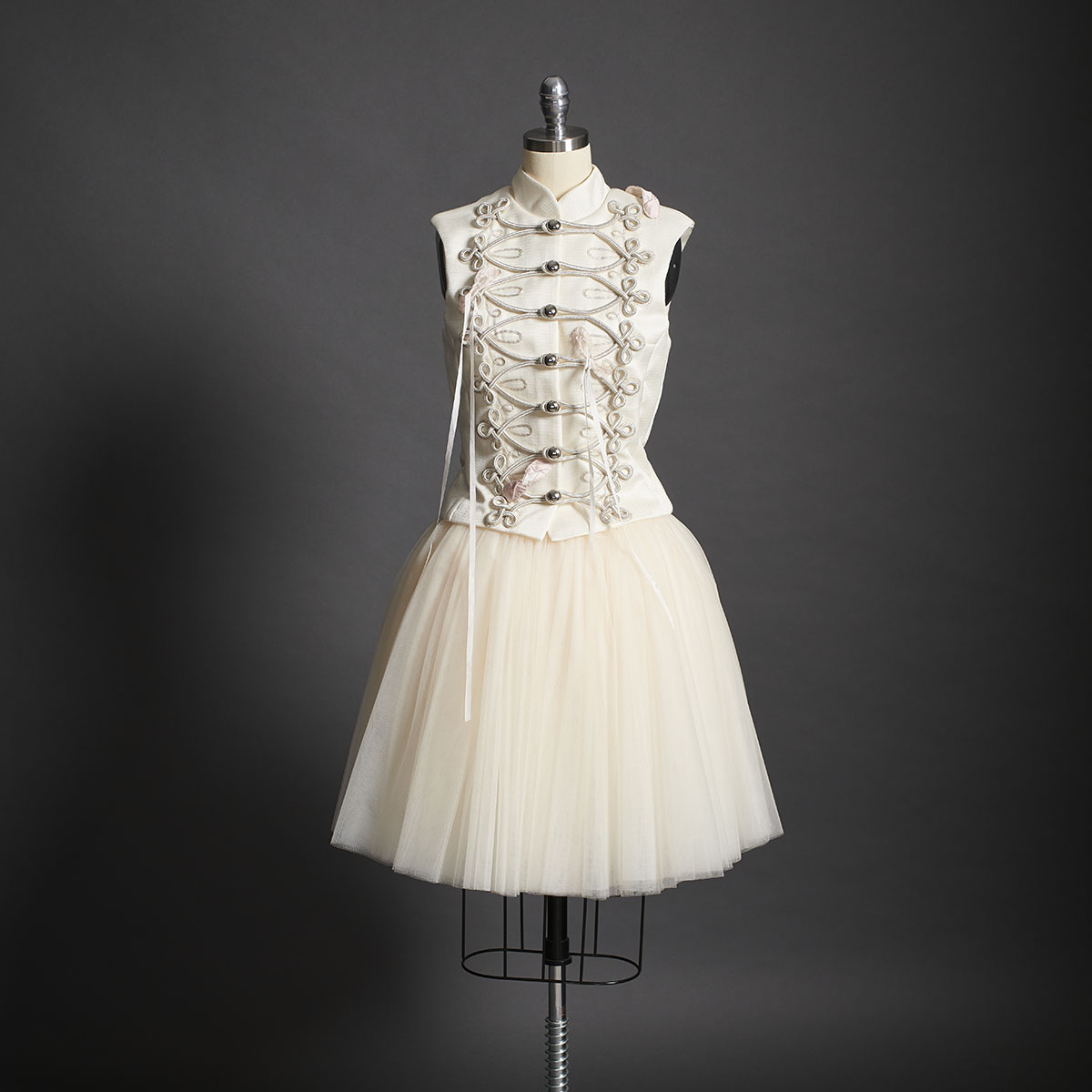

A multi-layered tulle tutu, made of 15 metres of fabric for each layer, and dimensional hand embroidery hanging ballerina shoes contrast with a structured passementerie military jacket.


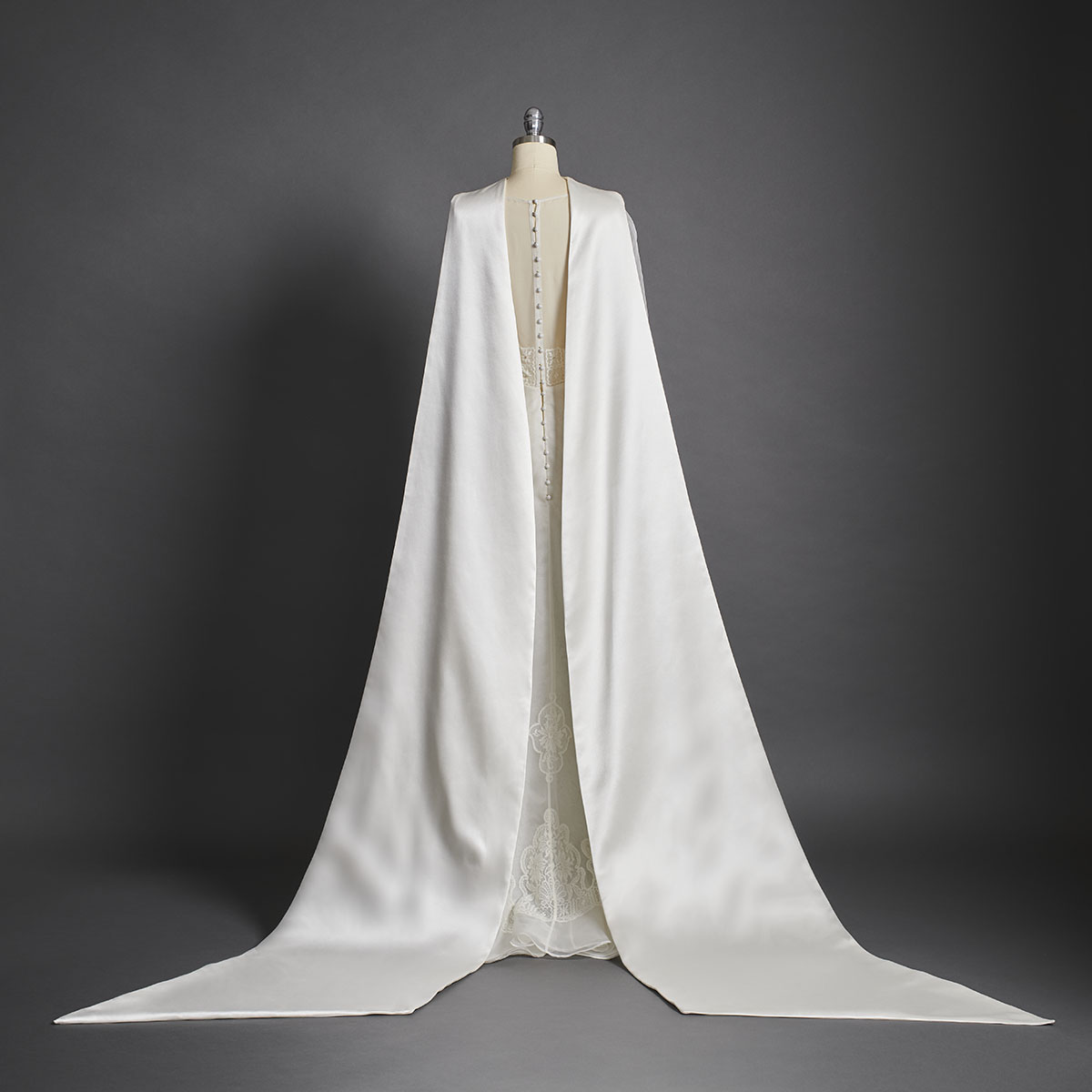
Composed of fine silk organza, this wedding dress is inspired by the light and enchantment of the magnificent crystal chandeliers that illuminate the Palais Garnier. Hand-stitched French lace has been used to create intricate motifs on the dress, while the long train is made of a heavy silk satin.
You are a visionary fashion tech. expert or artist, you have novel ideas to partner with us or are simply a risk-taker, email us at [email protected]